You are here
Back to topDragon Fruit Prices in China See Sharp Decline
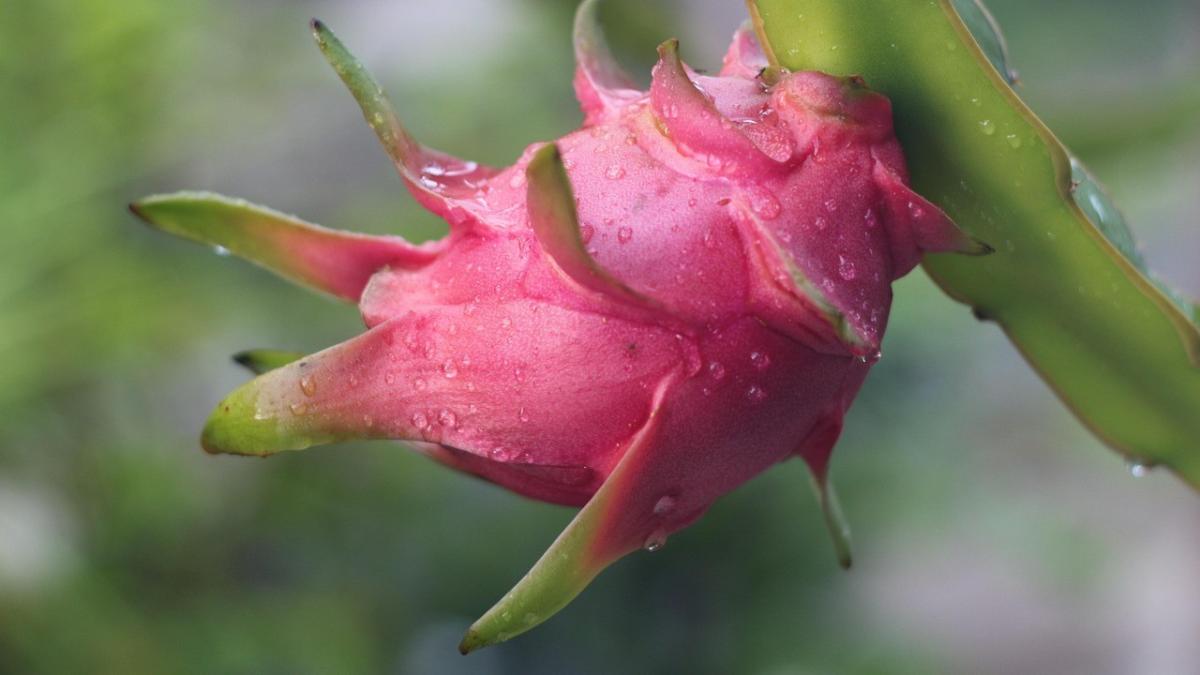
Recently, the price of artificial-light-assisted red-fleshed dragon fruit on China’s domestic market has dropped significantly, falling to just three Chinese yuan ($0.42) per kilogram — half the usual price of around six yuan ($0.84) per kilogram. According to the owner of one dragon fruit orchard, this lower-priced batch mainly consists of fruit cultivated with supplemental lighting since March. This fruit began entering the market in mid-June, roughly 20 days earlier than naturally grown fruit.
The recent sharp decline in prices is largely attributable to weak consumer demand in the domestic market. Over the past year, the cultivation area for dragon fruit in China has expanded significantly, yet overall profitability remains poor. While artificial-light-assisted dragon fruit — typically considered an off-season product — were expected to command higher prices during the past winter and early spring, increased lighting costs and greater market saturation have steadily eroded profit margins.
According to vendors at a fruit wholesale market in Jinan, the capital of Shandong province, current farm gate prices for red-fleshed dragon fruit are very low, ranging from under one yuan ($0.14) to two yuan ($0.28) per kilogram depending on fruit size. A 16.5-kilogram carton of small red-fleshed dragon fruit now sells for around 50 yuan ($6.98), far lower than the peak price of 180 yuan ($25.12) recorded last winter.
In recent years, a steady decline in dragon fruit prices has become an undeniable trend, largely driven by a rapid expansion of the cultivation area. Nationwide, dragon fruit production has experienced explosive growth. Yields in many greenhouse plantations have reached 45,000–60,000 kilograms per hectare, with some high-yielding plots exceeding 75,000 kilograms per hectare. China’s total dragon fruit cultivation area has already surpassed 53,000 hectares, with annual production exceeding 1.6 million metric tons — far surpassing that of Vietnam, another major supplier of dragon fruit to international markets.
The surge in dragon fruit production is closely linked to the plant’s unique growth characteristics. Dragon fruit plants begin flowering and fruiting just 12 to 14 months after planting, giving them a much shorter growth cycle than most fruit crops. They can bloom multiple times per year, with each fruit maturing just over 30 days after flowering. From April to November, when temperatures are ideal, plants can bear fruit continuously, with each cycle — from bloom to harvest — taking only about 40 days. In addition, with the use of supplemental lighting, growers have disrupted the plant’s natural rhythm of daytime photosynthesis and nighttime dormancy, enabling continuous growth around the clock.
A differentiated regional production pattern has also gradually taken shape across China. Guangdong and Guangxi are the main in-season producing regions, with a harvest period spanning from May to November. These areas feature large, contiguous plantations and efficient logistical networks. Yunnan, known for its highland production, benefits from significant diurnal temperature variation, which leads to larger and more visually appealing fruit with stronger market appeal. Hainan, by contrast, is an off-season producing region capable of year-round supply owing to its favorable climate. However, its island location also drives up the costs of transportation, labor and agricultural inputs — making them roughly one-third higher than on the mainland — causing the province to be less competitive during the main season. As a result, most growers in Hainan concentrate on winter production.
Image: Pixabay
This article was translated from Chinese. Read the original article.



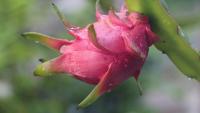
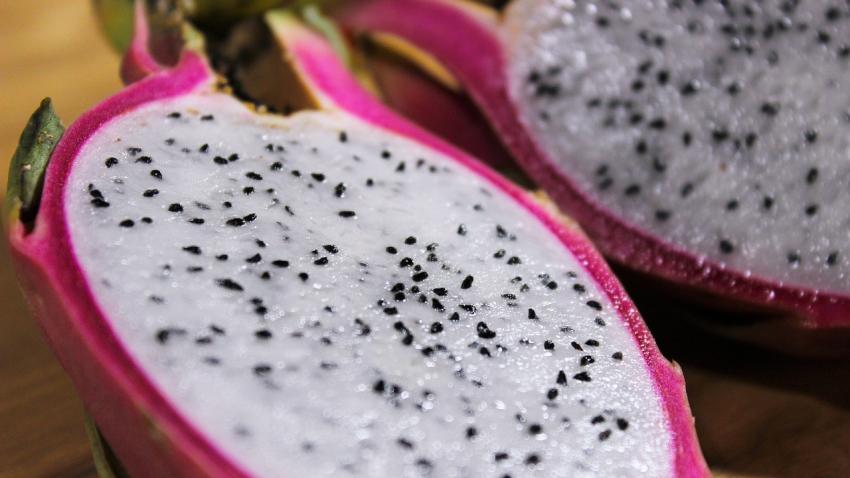
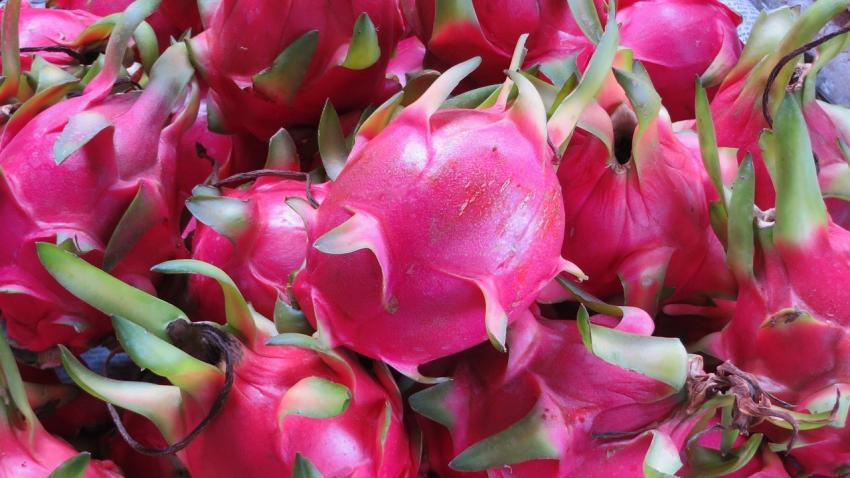
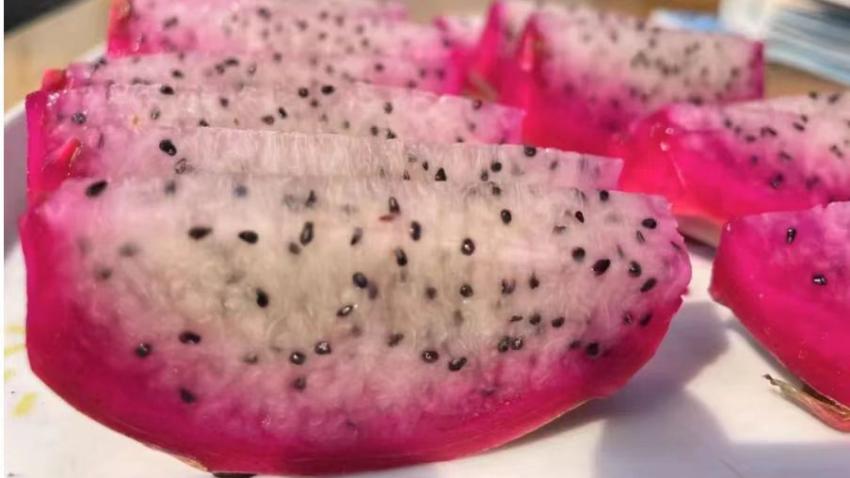
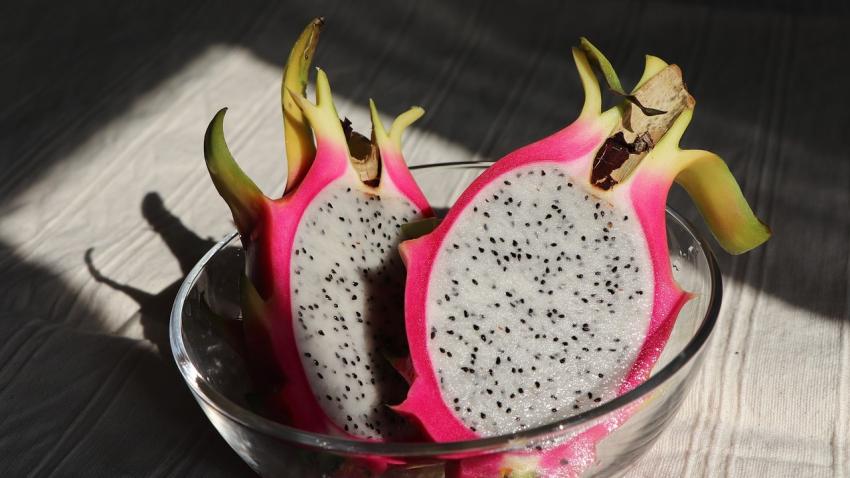
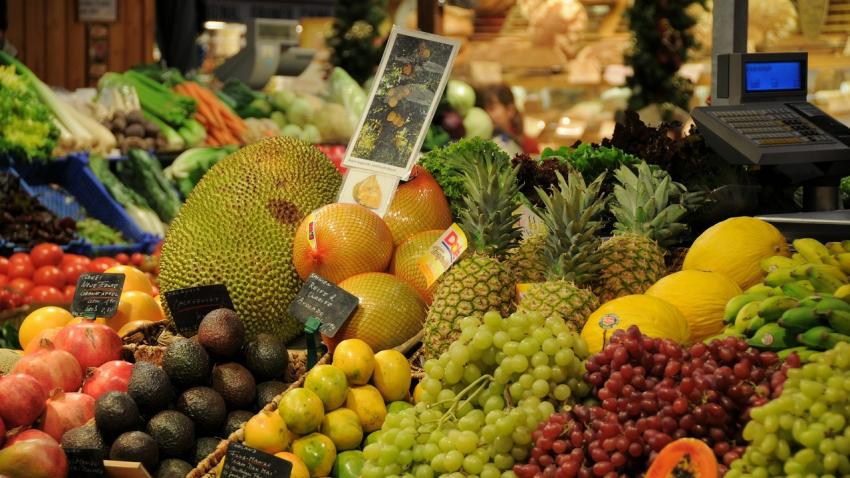
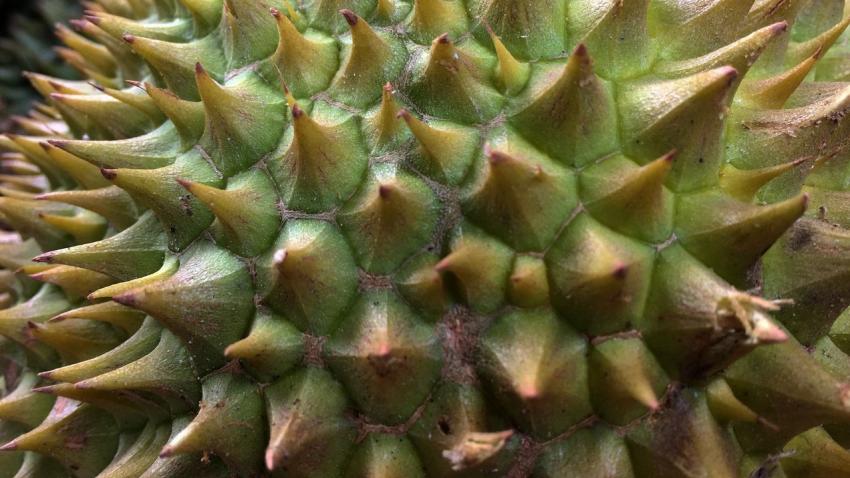





Add new comment